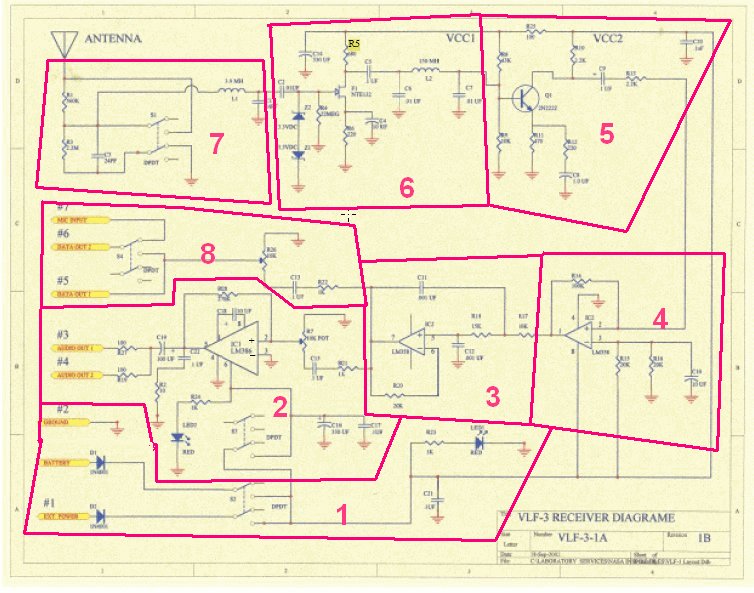

It may not take that long to pique their interest. "In the spring, they’ll learn what comes out of it." "Right now, they’re primarily interested in what goes into the box," he said.

"It definitely reinforced my interest in working with computers." "Assembling the receiver really helped me understand some of the work in our classes," Keller said. "I like the fact that when you’re done, you’re holding something that does a job it couldn’t do before," Leland said. That hands-on experience was eye-opening.
#Nasa vlf receiver how to#
To construct the VLF system itself, they traveled to the University of Alaska in nearby Fairbanks to learn how to solder transistors and other miniature components to build the receiver. Wary of uncertain local terrain that could block or muffle radio waves - and equally wary of bears - the team settled on the school roof. "Space weather" - activity on the Sun such as solar flares and coronal mass ejections, which can change the interplanetary magnetic field and cause dazzling auroral light displays and other disturbances in Earth’s own magnetic field - make the polar regions more favorable sites for VLF systems to pick up natural Earth sounds.Īt the "top" of the world, Szuberla’s team also will record the low-frequency music of another natural phenomenon - the aurora borealis - and stream it via the Internet to the entire INSPIRE community, and to classrooms and Web users worldwide.įor Szuberla's students, that meant finding an ideal site for the VLF system and building the equipment. Earth’s protective magnetic field is familiar to most people, but perhaps less well known is the way it expands around the planet's equator and converges at the North and South Poles. Szuberla, in consultation with NASA researchers Jim Spann, Mitzi Adams and Dennis Gallagher of the Marshall Space Flight Center in Huntsville, Ala., recognized a unique opportunity to use the INSPIRE concept in a new way - bringing the hunt for ghostly Earth music to a whole new generation of students. But none as far north as North Pole, Alaska.Įnter Szuberla, who holds a doctorate in physics, and his quartet of field researchers, 16-year-olds Kit Dawson and Matt Welch and 17-year-olds Matt Keller and Nicolas Leland - all juniors studying calculus and advanced computer programming. To date, more than 1,500 receivers have been built at elementary schools and high schools across North America. INSPIRE, a non-profit education program managed at the Goddard Center, encourages students to build and activate VLF receiver systems and develop their own research projects. In 1990, space scientist Bill Taylor of NASA's Goddard Space Center in Greenbelt, Md., and Bill Pine, an enterprising science teacher at Chaffey High School in Ontario, Calif., founded the Interactive NASA Space Physics Ionosphere Radio Experiments program, or INSPIRE, which uses these receivers to bring the excitement of studying very-low-frequency radio waves into the classroom. VLF receiver systems are simple gadgets, little more than an antenna and an audio amplifier, which translate radio waves - inaudible to humans - into acoustic oscillations we can hear. The receiver will help NASA and students around the nation study the eerie "music" of planet Earth - radio waves emitted by lightning strikes and other natural phenomena, which VLF receivers deliver as a weirdly beautiful chorus. Curt Szuberla and his student team of aspiring scientists and engineers, who braved the elements this winter on NASA’s behalf to scout locations for and build a very-low-frequency radio receiver, or VLF. But none of that can chill the enthusiasm of North Pole High School math teacher Dr.


 0 kommentar(er)
0 kommentar(er)
